
In the given reaction,
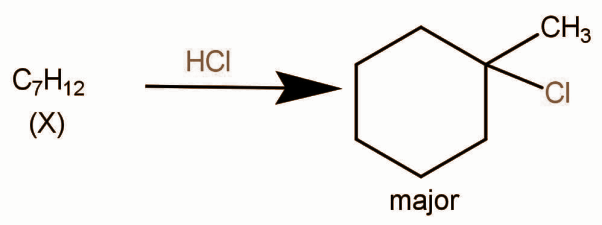
Structure of X can be:
A.
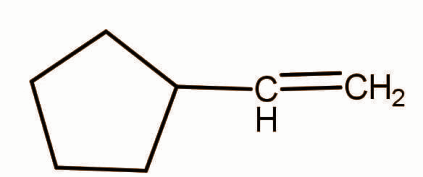
B.
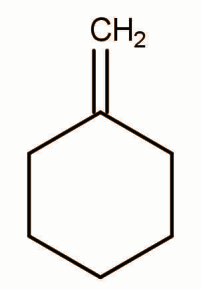
C.
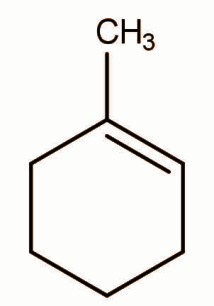
D.
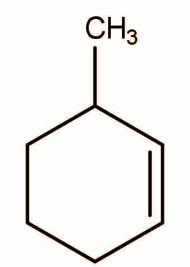





Answer
560.1k+ views
Hint: The above reaction is the additional reaction. The hydrogen chloride adds up to a molecule of alkene according to Markovnikov addition and carbocation rearrangement occurs if necessary to form a more stable carbocation.
Complete step by step solution:
It is clear that the reacting molecule is an alkene from the given options. The addition of \[{\text{HCl}}\] in alkene occurs from Markovnikov addition; it says that the nucleophile that is the chloride will attached to that carbon which is more highly substituted or which have lesser number of hydrogen let us write the product in each of the above reaction:
In option A a 5 member ring is given. First of all the carbocation will form at carbon next to the ring and then ring expansion occurs to form the 6 membered ring and hence chloride will react to form the given product.
In Case of option B addition to alkene will occur and the chloride will go to that carbon which is more highly substituted that is the carbon that belongs to the cyclic ring in this the product formed will be the same.
In the same way the Markovnikov addition will occur in option C and the same product will form. Chloride will go to carbon attached with the methyl group because it is highly substituted.
In the option D carbocation rearrangement will occur after addition of hydrogen because tertiary carbocation is more stable than the secondary carbocation. Hence the same product will form.
So in all of them the major product will be:

Note: First of all alkene attacks the hydrogen and hence a carbocation is formed, the carbocation is formed on the more substituted carbon and then chloride attaches with the carbocation. The electrophile which is generated, that is, the hydrogen ion attaches at the beginning, so it is known as the electrophilic addition reaction.
Complete step by step solution:
It is clear that the reacting molecule is an alkene from the given options. The addition of \[{\text{HCl}}\] in alkene occurs from Markovnikov addition; it says that the nucleophile that is the chloride will attached to that carbon which is more highly substituted or which have lesser number of hydrogen let us write the product in each of the above reaction:
In option A a 5 member ring is given. First of all the carbocation will form at carbon next to the ring and then ring expansion occurs to form the 6 membered ring and hence chloride will react to form the given product.
In Case of option B addition to alkene will occur and the chloride will go to that carbon which is more highly substituted that is the carbon that belongs to the cyclic ring in this the product formed will be the same.
In the same way the Markovnikov addition will occur in option C and the same product will form. Chloride will go to carbon attached with the methyl group because it is highly substituted.
In the option D carbocation rearrangement will occur after addition of hydrogen because tertiary carbocation is more stable than the secondary carbocation. Hence the same product will form.
So in all of them the major product will be:

Note: First of all alkene attacks the hydrogen and hence a carbocation is formed, the carbocation is formed on the more substituted carbon and then chloride attaches with the carbocation. The electrophile which is generated, that is, the hydrogen ion attaches at the beginning, so it is known as the electrophilic addition reaction.
Recently Updated Pages
Master Class 11 Chemistry: Engaging Questions & Answers for Success

Why are manures considered better than fertilizers class 11 biology CBSE

Find the coordinates of the midpoint of the line segment class 11 maths CBSE

Distinguish between static friction limiting friction class 11 physics CBSE

The Chairman of the constituent Assembly was A Jawaharlal class 11 social science CBSE

The first National Commission on Labour NCL submitted class 11 social science CBSE

Trending doubts
What is meant by exothermic and endothermic reactions class 11 chemistry CBSE

10 examples of friction in our daily life

One Metric ton is equal to kg A 10000 B 1000 C 100 class 11 physics CBSE

Difference Between Prokaryotic Cells and Eukaryotic Cells

What are Quantum numbers Explain the quantum number class 11 chemistry CBSE

1 Quintal is equal to a 110 kg b 10 kg c 100kg d 1000 class 11 physics CBSE




